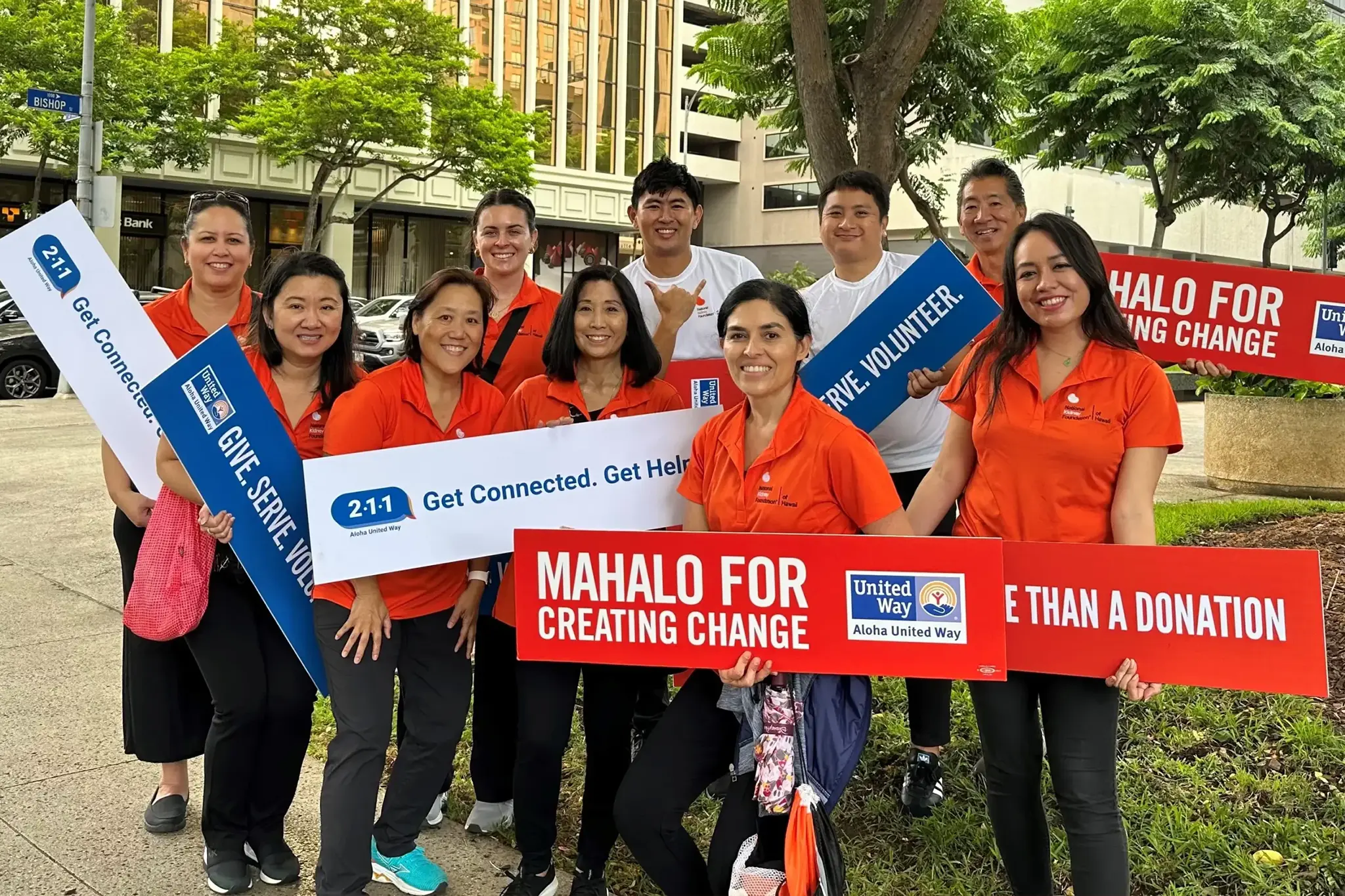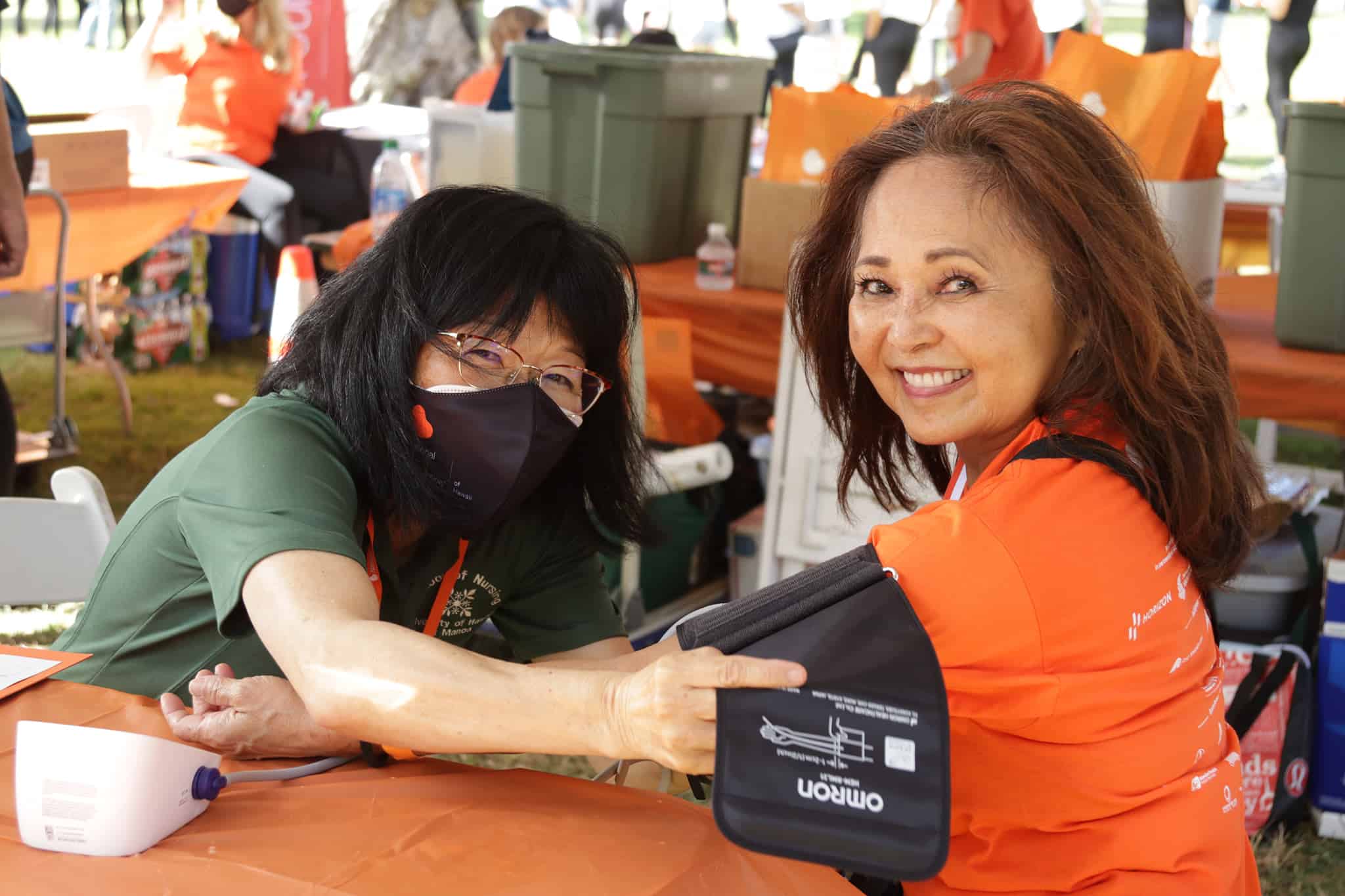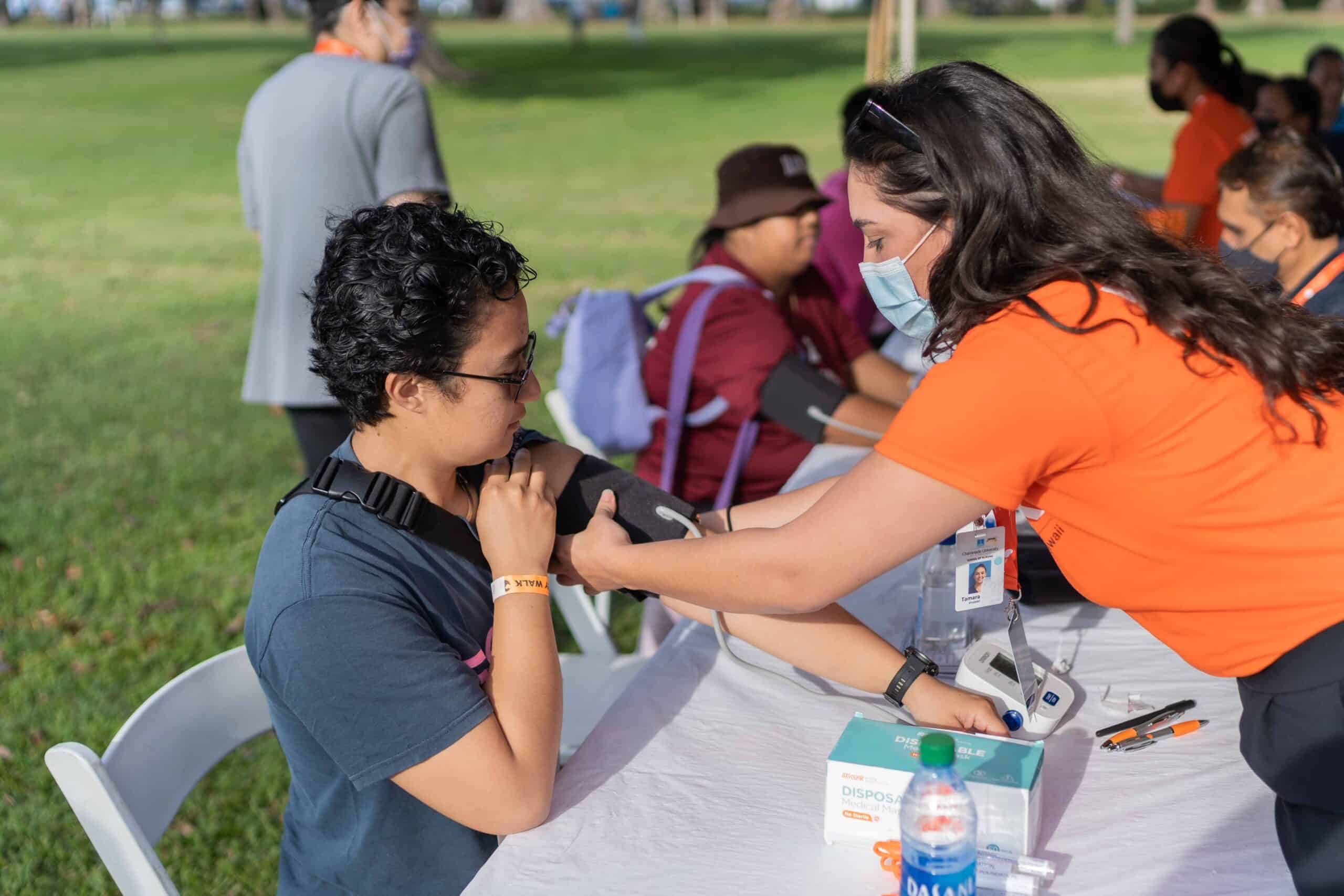On November 1, 2023, Toyota announced that it was recalling about 1,854,000 vehicles—all of them RAV4 models made from 2013-2018. The recalled models have a battery hold-down clamp that cannot safely secure many replacement batteries. As a result, replacement batteries may be jarred loose, causing short circuits and fires in the engine.
That might all sound scary, but the good news is that if your vehicle is recalled, the situation isn’t all that difficult to resolve. Here’s what you need to know about navigating this national recall right here in Hawaii.
Understanding the Toyota Recall
Toyota’s national recall centers around battery hold-down clamps. They’re just what they sound like—these clamps hold your car battery in place so it doesn’t come loose. In order to fully understand the recall (and why it’s so important to get a repair if yours is one of the recalled models), you need to know the basics of battery hold-down clamps and what happens if yours malfunctions.
The Basics of Battery Hold-Down Clamps

A battery hold-down clamp isn’t a car part that most people frequently think about. It might seem relatively unimportant, but if it’s even slightly loose, it can cause major problems.
That being said, a loose battery hold-down clamp isn’t always obvious. Car batteries generally weigh between 26 and 41 pounds. So, if you’re looking at your engine while you’re parked, it might seem like your battery is secure enough even without a hold-down clamp that’s tightened all the way.
When you’re driving, everything changes. If you’ve ever slammed on the brakes in a panic and felt yourself lurch forward, you already know what that feels like.
While sitting still in the driver’s seat (whether you’re parked or driving), you probably feel pretty secure. But if you’re driving fast and stop suddenly, inertia makes you continue to move forward. Fortunately, you have a seatbelt to minimize that movement!
Car batteries don’t have seatbelts, so if your battery comes loose, it can cause damage to itself and the surrounding engine components. One of the most serious issues that can happen with a loose battery is a short circuit. This is when the electric current through the car doesn’t flow as it’s supposed to (effectively shortening the circuit).
Short circuits can drain your battery, leaving you stranded by the side of the road. They can also cause fires. In many cases, they cause irreparable damage to engine components or even the whole car. Stalling vehicles—and of course, vehicles that catch on fire—pose a serious threat to you and your passengers, too.
What Went Wrong with Toyota’s Hold-Down Clamps

Battery hold-down clamps are absolutely essential for safe driving. Fortunately, in RAV4s with original or OEM Toyota batteries, there appear to be no safety issues. The battery hold-down clamp fits these batteries perfectly, keeping them secure.
However, Toyota found that if certain RAV4 models (1) had aftermarket batteries with smaller top dimensions than the original and (2) the battery hold-down clamp had not been properly tightened down, the batteries could come loose with forceful turns or aggressive driving.

It took a significant amount of time for that realization to come to light. The process started when the National Highway Traffic Safety Administration (NHTSA) launched an investigation beginning in 2021. The investigation started after NHTSA received 11 complaints—all involving Toyota’s fourth-generation RAV4—of sudden, non-crash-related fires on the left side of the engine compartment.
At first, the problem might sound like an avoidable one—if you install the wrong battery in a car (or anything else), you can’t expect great results. However, the aftermarket batteries installed in these cases were Group 35, just like the OEM battery.
If you aren’t familiar with battery sizing, that description can seem baffling. Battery Council International (BCI) is a trade association first developed in 1924. In an effort to help standardize car batteries across manufacturers, it developed a sizing system made up of “groups” of identically sized (or very similarly sized) batteries.
Group sizes are a lot like battery sizes for personal electronics—if you have a lamp that takes AAA batteries, your replacement batteries can be any brand (as long as they’re AAA).
Battery Dimensions Make a Big Difference
Ordinarily, if you need a car battery replacement, you could select one made by any brand, as long as it’s in the same group. However, Toyota’s battery hold-down clamp (in the affected RAV4 models) only fits tightly around the OEM battery. That battery is the Toyota TrueStart (Group 35), and its dimensions (L x W x H) are 9 1/16”x 6 ⅞” x 8 ⅞” (9.0625” x 6.875” x 8.875”).
Most aftermarket Group 35 batteries are virtually the same size, but there’s some variation. Ordinarily, that little bit of variation might go unnoticed. But with this particular battery hold-down clamp, it really matters.
To illustrate just how small (and usually inconsequential) those size differences are, we’ve included the dimensions of some popular aftermarket Group 35 batteries below (we’ve omitted brand names):
| Battery Type | L x W x H (inches) |
| Brand #1 | 9.37 x 6.77 x 8.70 |
| Brand #2 | 9.56 x 6.75 x 7.75 |
| Brand #3 | 9.45 x 6.76 x 8.54 |
| Brand #4 | 9.38 x 6.75 x 7.69 |
Toyota noted that if a replacement battery has smaller top dimensions than the factory-installed battery, the replacement could easily be knocked out of place by an abrupt turn, sudden stop, or other forceful movements of the car. As you can see above, at least four common brands of replacement Group 35 batteries have a narrower width and shorter height than the original battery.
You may have noticed that in the recall, Toyota specified that problems occurred when smaller aftermarket batteries were installed and also not tightened properly. So, you might wonder—why didn’t the technicians installing the batteries just tighten them down a little more?
That all goes back to the fact that the OEM and aftermarket batteries in question are all Group 35. Most cars that require a Group 35 battery have a battery hold-down clamp that can secure any Group 35 battery, even though these batteries vary slightly in size.
Because the technicians were installing what seemed to be a compatible battery, they didn’t see the need to tighten the clamp more than they normally would. After all, if you go to replace a set of AA batteries in a clock, you probably don’t worry that the new AAs won’t fit—they’re interchangeable batteries!
What Models Are Affected?
Toyota hasn’t gone into great detail regarding which 2013-2018 RAV4s are being recalled. Its press release said that “certain” RAV4 vehicles from those years were affected, so the issue doesn’t impact all of them.
Fortunately, if you want to check and see if your RAV4 is one of those being recalled, you can use lookup tools offered by Toyota or the NHTSA.
What Is Toyota Doing About It?
According to Toyota’s press release regarding the recall, the company is still developing a “remedy” for affected vehicles. The remedy will be available in late December 2023, when Toyota will notify all owners.
The fix for the problem involves replacing the defective parts around the battery. If your car is one of those being recalled, you’ll be able to bring it to a Toyota dealership for service. Toyota’s technicians will replace the battery hold-down clamp, positive terminal cover, and battery tray at no cost to you.
Why the Recall Is So Important for Hawaii State Car Owners
If you have one of the affected RAV4 models, you should be concerned regardless of where you live. Driving a vehicle with a known potential fire hazard is never ideal. However, because of the unique environment we enjoy in our great state, Hawaii State drivers are in a particularly risky situation.
Hawaii’s Roads Can Easily Bump a Battery Out of Place
Oahu and the Big Island have decent roads, but in more rural areas, many roads are unpaved. When you add that to our state’s naturally winding roads, any driver is likely to make a dramatic swerve or two. As you saw above, those dramatic swerves might just dislodge an aftermarket battery, causing a short circuit and a possible fire.
The Hawaiian Climate Already Puts Stress on Cars
Hot weather is more damaging to car batteries than cold weather, and Hawaii’s warm climate can cause battery damage. Severe heat exposure may lead to fluid leakage and can pose a fire hazard.
You already know that being out in the salty sea air can do wonders for your mental health, but unfortunately, that same sea air is hard on your car. Saltwater and salty air tend to speed up corrosion, and they can cause damage to build up slowly over time. As cars accumulate this kind of damage, they become more likely to break down.
Of course, taking good care of our cars can help them last longer and avoid expensive repairs. Being proactive about potential hazards (like recalls) is integral when taking good care of your vehicle.
Reliable Transportation Is Particularly Important
Reliable transportation in our state is a must. In Honolulu and other more populated areas, you may be able to go where you need to by walking, biking, or taking a bus. However, if you live in a more rural area, you likely will find that it’s difficult or impossible to buy groceries, travel to medical appointments, or commute to work without a car.
It’s never a pleasant situation when your car suddenly breaks down beyond repair. You need to figure out how you’re going to get around while also taking steps to purchase a new car. Because navigating our state without a car is often difficult, taking safety precautions with the car you have is an absolute must.
How to Respond to the Recall
If you have a RAV4 made in 2013-2018, you might be alarmed to hear that your car might be recalled. Here’s how to respond if your car is being recalled (or if you think it might be).
See If Your Vehicle Is Affected
The first step in responding to a recall is making sure your vehicle is actually one of those recalled. Owners of recalled vehicles will usually receive a letter in the mail detailing the recall and what to do next. However, if you’ve moved and haven’t changed your address, or if the car had multiple owners before you, you might not get a letter.
The easiest way to find out if your vehicle is affected is to check for yourself. Toyota’s lookup tool lets you put in your VIN (your 17-digit Vehicle Identification Number) or your license plate information (including the state where the license plate was issued) to see if there are any open recalls involving your car.
The NHTSA’s lookup tool lets you see if your car is part of an active safety recall as well. However, this tool only lets you use your VIN—you can’t use your license plate information.
If you haven’t ever needed to use your car’s VIN, you might be unsure of where to find it. Fortunately, there are several locations where it could be:
- On the lower left of your car’s windshield
- On the driver’s side doorjamb (visible when you open the door)
- On your car title
- On your car registration
- On your insurance policy or insurance card
As a side note, even if your RAV4 isn’t impacted by this recall, it’s still wise to go back and periodically re-check the NHTSA and Toyota lookup tools to see if there are any new open recalls.
Car manufacturers issue recalls fairly regularly, and the faster you know your car has a possible issue, the faster you can fix it. You can only use the Toyota tool to look up Toyota vehicles, but you can use the NHTSA tool to look up vehicles of any make and model.
Schedule an Appointment at a Toyota Dealership
If you find out that your vehicle has an open recall, your next step should be to schedule an appointment for service. Bear in mind that car manufacturers are required by federal law to perform recall-related repairs at no cost to the customer, so the appointment won’t cost you anything.
However, in this case, you might not be able to schedule just yet. Toyota hasn’t yet finalized the remedy for the issue (the replacement parts), but the company anticipates that the parts will be available in late December 2023.
Your local Toyota dealer may have more up-to-date information on exactly when you’ll be able to have your car repaired. It’s worth calling a dealer close to you to see if you can schedule an appointment for service ahead of time. The sooner you get your vehicle in for service, the sooner you can stop worrying about battery issues! Below, you’ll find a list of phone numbers for the various Toyota dealers in Hawaii.
Know Who to Contact
If you have questions about the recall or are looking to schedule an appointment for service, your local Toyota dealer can help. Here are the customer service numbers for Toyota dealers throughout the state.
Big Island
Big Island Toyota Hilo: 808-935-2920
Big Island Toyota Kona (Kailua-Kona): 808-329-8517
Oahu
Servco Toyota Honolulu: 877-267-3824
Servco Toyota Windward (Kaneohe): 877-239-8618
Servco Toyota Leeward (Waipahu): 877-237-1556
Maui
Maui Toyota (Kahului): 808-877-2781
Kauai
Servco Toyota Kauaʻi (Lihue): 877-275-7002
What Should You Do in the Meantime?
It’s unsettling to find out your car is a safety risk. But what should you do in the meantime as you wait for Toyota to create a remedy for the situation?
If your car has an aftermarket battery, you might want to look up the battery’s dimensions. If it’s smaller than the OEM battery, there’s a risk of it coming loose and causing serious problems. Obviously, if you have another vehicle available to you, it’s much safer to drive that one until Toyota installs the improved equipment on your RAV4.
That said, many of us don’t have multiple cars to choose from. If your RAV4 is your only available vehicle, driving very carefully and doing your best to avoid sudden turns may help reduce your risk of dislodging your battery.
If your RAV4 has an OEM battery, you likely have nothing to worry about—Toyota’s recall specified that the issue only comes up with aftermarket batteries that are smaller than the original. That doesn’t mean you shouldn’t take your car in to get the improved parts, though.
Why? When it does come time to change your car’s battery, you may want to consider options other than the standard one. Additionally, because the current battery hold-down clamp is defective in one way, it’s possible other issues will surface with time. While it, of course, takes time to schedule an appointment and take your car in for service, the repair itself won’t cost you anything.
Stay Safe on the Road
If you’re a daily car commuter here in Hawaii, you know that our islands aren’t always the most hospitable to motor vehicles. Being vigilant about your car’s condition (and any potential hazards) is a critical part of keeping yourself safe.
Addressing a recall can be stressful. But once you start the process, you’ll find that navigating it is smoother than you might have expected!















